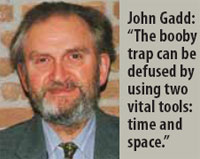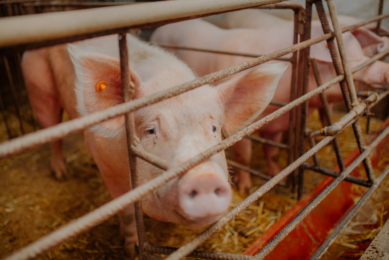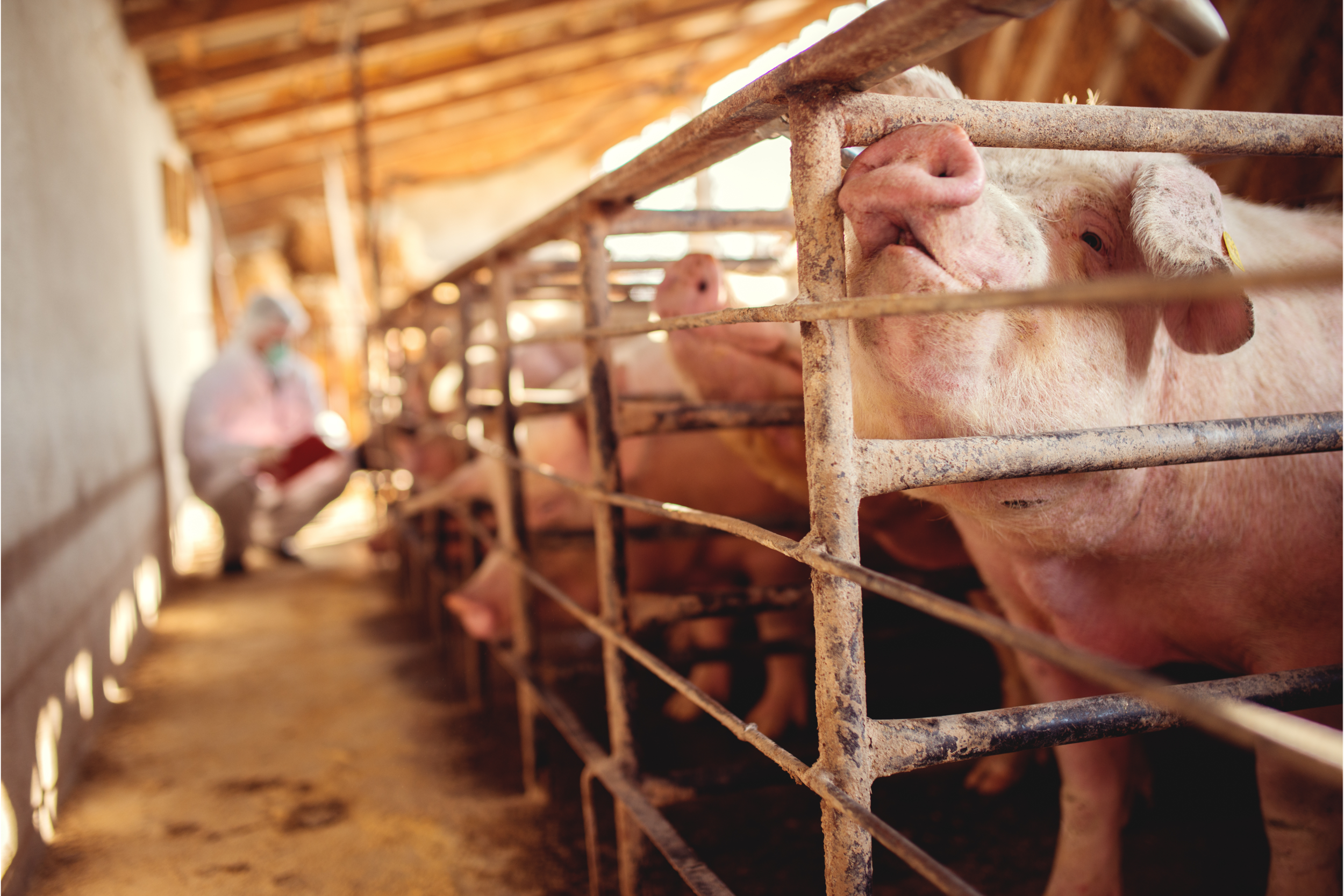What the textbooks don’t tell you about… Hyperprolificacy – defusing the ticking time-bomb, part II

By John Gadd
Continuing the military analogy of last month’s column, where I described the first trigger to be defused in helping the modern hyperprolific gilts to raise a numerous and heavy first litter, we now come to what is often found in such devices – the second trigger to catch the unwary – the hidden booby trap. This does catch a lot of producers unawares. This is the short productive life which results from inadequate management and feeding of the gilt to first service. There are two parts to this nasty device lying in wait for the producer…
- The first one is to locate the trigger device in the time-bomb. Too many people just do not fully appreciate how damaging a short productive life is to the bottom line… From my travels around the world over the past five years the average number of parities completed is 3.6. The modern hyperprolific sow should reach 6.0. Look at many industry and veterinary surveys and you will discover more or less the same low figure. Not only does this shortfall need 22% more capital for frequent replacements, but more serious is the lack of 45% potential income per sow from those finishing pigs which are never produced. All from enforced culls mainly due to poor reproductive performance.
- The second part needing defusing is for the producer to avoid ending up with a herd which is needlessly young – young from the point of immunity, see Figure 1. The breeding sow takes certainly two and in some cases three parities for her immune system to become fully operational – to coin another military term. Premature replacement must result in a herd which is more prone to disease. I strongly suspect that PRRS could be linked to this. I notice from my travels in North America where they are in a hurry to get gilts served (in my opinion far too soon) that PRRS is still a major problem to them. Please – 240 days of age is minimal and, according to 2009 research by JSR, most performance-effective as well. So how do we defuse this booby trap? By using two vital tools: time and space.
Time
After three to four days quarantine well away from the herd, provide a sufficiently long induction or acclimatisation period. Just as important, this comprises two weeks challenge period followed by a four weeks fortification period – six weeks if PRRS is about. A gilt pool is the place to use.
The challenge period must be planned and kept up-to-date with your herd’s disease profile by a pig specialist veterinarian who knows the regular tests needed to keep abreast of changes on your farm, in your locality and who liaises with your supplier’s farm. He can suggest natural measures – such as fenceline contact, intensity and duration – as well as vaccination back-up. Too many producers I visit do this themselves with no recourse to testing and tend to stick to one routine that they think is a well-tried system.
The fortification period is a period of rest and comfort with no challenges made. The gilts are left in peace – quiet, comfortable and contented. This is where the time element is allowed to work. The booby trap will be triggered if the breeder is impatient. Yes, it will cost more but the payback is far greater.
Space
Why space? I suggest that gilts are housed far too close together. Sexual excitement before oestrus with planned stimulation and encouragement of ovulation through flushing (feeding) are all to the good, but are too often confused with stress. The former encourages and manages reproductive hormones while stress does the opposite – different hormones are involved which antagonise/ neutralise the beneficial ones. As well as fear (aggression), remember that stress is also anxiety and worry and is just as damaging.
So you must not overstock and even go further – allow enough ‘fleeing space’. I suggest 3 m2/ gilt is minimal with the pens as near square as can be accommodated. Long, narrow pens need more space as they make fleeing more difficult. Bedding (straw) gives a feeling of contentment and is better than hard standing except in hot climates and summers. So…
- Don’t be caught out by the short herd-life booby trap.
- Recognise it as a legacy of hyperprolificacy
- Have the right tools and skill to defuse it before it blasts your potential profits to pieces.











